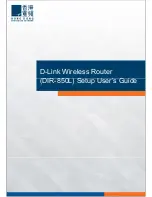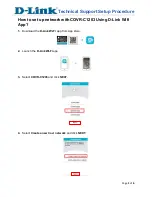
Page 39 of 130
Open contact actuator by simply pulling back on caps with thumb or finger. Do not over open.
Insert wire into color coded ports.
Visually inspect for full wire insertion through the transparent body.
Close firmly.
Make sure that all contact actuators are left in the “down” or locked position.
Gently tug to make sure connections are made.
Ensure the placement of the ground wire does not interfere with the test jack. If existing wire is to be reused,
cut off at least ¼” (6 mm) before re-termination.
1.5.5 Terminal Wiring
Aerial terminals
For both RAs and SLICs, ensure that both cable bonds to the messenger are securely attached at each end of
the terminal.
Replace wire wrapped binder group identification with the appropriate colored zap strap (plastic cable ties
colored in the same colors as the pair colors).
RA: The drop is to be run into the terminal on the extreme right hand side of the terminal (the side without
binding posts). This is to allow the multi pair drops less congested access to both the odd and even side of the
binding posts.
1. When using duplex, split conductors 5 centimeter’s (2 inches) using a wire splitter, but do not strip the
insulation from the conductors.
2. Back driver module off until it clicks in the “up” position.
3. Insert pair into wire entry port until it passes over the white or colored insert inside the module and stops.
4. Hold conductors in place while tightening the drive module to the “down” position.
SLIC: The drop is to be run into the terminal directly under the binding post to be used. The terminal block
accommodates 18 to 24 AWG drop wires without stripping the conductors. Gel-filled test ports in the top of
each driver module accept standard butt-in clips for easy testing to the CO.
For both RA and SLIC, ensure a drop lock is used and that no more than 1” of drop jacket is left beyond the
drop lock. Enough length on the drop pairs should be provided to reach all possible binding posts in the
terminal.
Terminate the fuse link to the pair with a UB Scotchlok if it has not already been terminated or follow the
clear cap procedure, when appropriate.
Underground terminals
Underground drops are either run to pedestals or spliced directly into a cable. Either way, they can either be
routed to the customer’s home in conduit or as direct buried cable. Where drops are run to a pedestal,
ground at both pedestal (if possible) and NIB. Where underground drops are spliced directly into a cable,
they are direct buried in a service box or pull box, or they are connected to a drop tail spliced into a cable.
Ground at the NIB.
While it is the customer’s responsibility to provide a conduit from the foundation level to the height of the
NIB, it is not uncommon that the drop is attached directly to the home.
















































